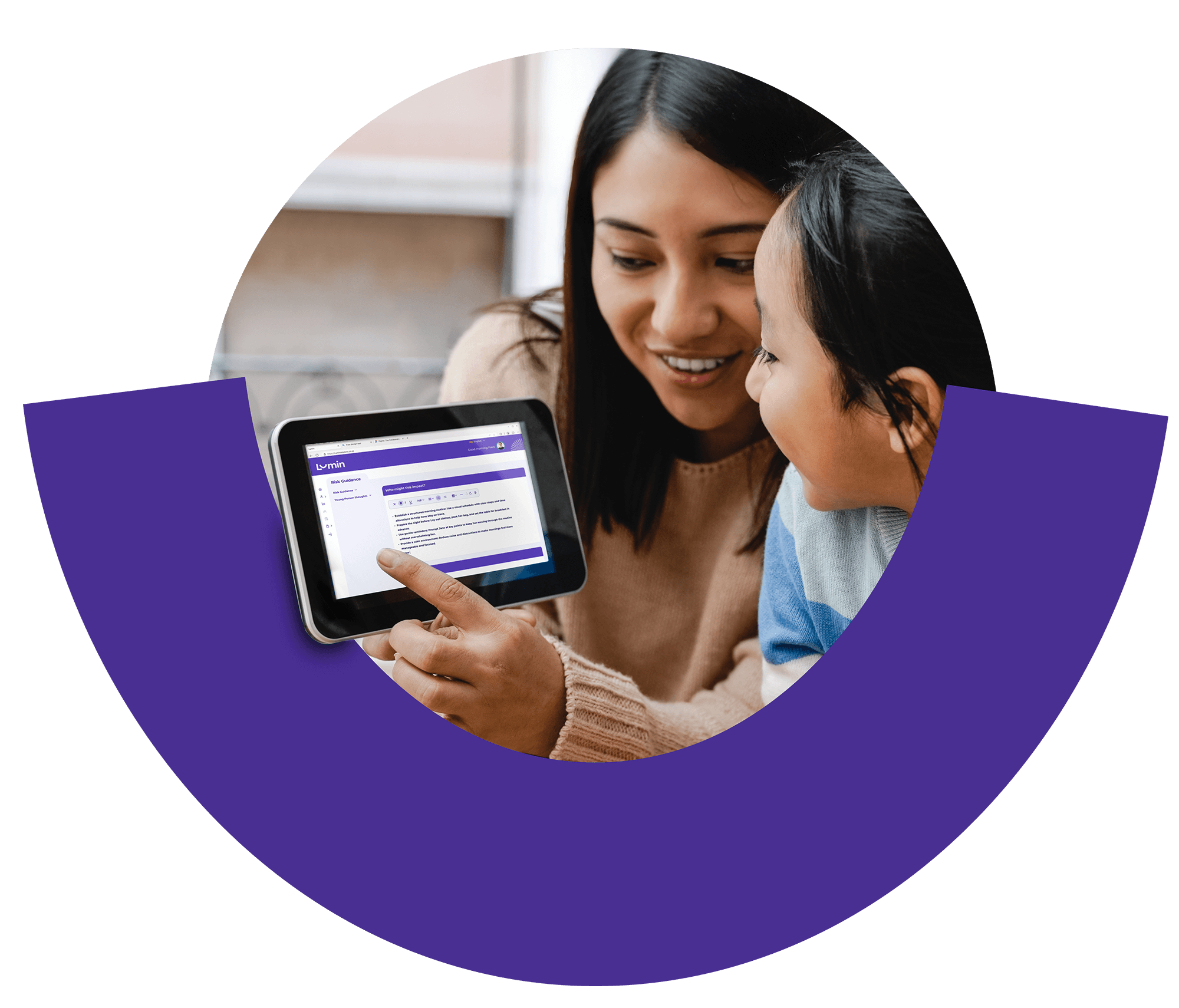Better Transitions: How Technology Supports Children Moving Between Settings
Transitions are a fact of life in the world of child social care — whether it’s moving into care for the first time, changing placements, returning to family, or preparing for adulthood. These moments are often emotionally charged, complex, and pivotal for a child’s wellbeing.
We asked Jock Andrew, a leading voice in the children’s and special needs care sector, for his thoughts on the challenges that transitions create and how technology can help overcome them.
“Handled well, transitions can be opportunities for growth and healing. But too often, they are fragmented, rushed, and unsupported — leading to instability, anxiety, and the breakdown of placement plans. So, how can we as care professionals support smoother transitions? Increasingly, the answer lies in better communication, continuity of information, and the smart use of digital tools.” Jock offered.
The Cost of Disjointed Moves
“A child arriving at a new placement with no background information, no familiar faces, and no clear expectations is at a significant disadvantage. For staff, having to “piece together” a child’s story through handwritten notes, word-of-mouth, or incomplete records adds pressure and introduces risk. Valuable insights can be lost in translation, leaving carers underprepared and children feeling misunderstood or unsafe.”
Quickly settling a child into their new surroundings is key to a successful transition
The Need for Continuity
Jock concluded: “Consistency is key in social care. When children face changes in environment, relationships, or routines, continuity in care and knowledge becomes even more important. Ensuring that the professionals involved have access to a complete, coherent picture of a child’s journey — including behaviour trends, care preferences, safeguarding needs, and emotional cues — can make a real difference.
This is where technology can step in to fill the gap.”
How Digital Care Software Supports Transitions
Platforms like MyLifePlan are designed not just to record data, but to connect people and processes in a way that actively supports better outcomes. Here's how digital care software helps improve transitions:
Instant Access to Key Information
Digital profiles mean that carers and social workers can view a child’s key needs, support strategies, and daily routines before the move — helping them prepare appropriately and welcome the child in a more personalised, informed way.Smooth Handover Between Teams
Whether it’s a social worker, teacher, or foster carer, all professionals involved can access consistent records, ensuring continuity of care even as the team around the child evolves.Track Emotional and Behavioural Trends
Built-in analytics and historical logs make it easier to identify patterns or triggers — helping new carers step in with greater sensitivity and understanding.Child-Centred Records
Some systems, including Lumin, allow for input from the child themselves. This might include preferences, fears, or “what helps me feel safe” notes — empowering young people to have a say in how they’re supported during transitions.Real-Time Updates and Notifications
Any changes in care plan, placement status, or risk alerts can be updated in real time, helping agencies and carers remain in sync at every stage of the move.
Bringing Humanity into the Digital Process
Ultimately, no technology replaces relationships. But when used well, digital care software frees professionals to focus on what they do best: building trust, offering empathy, and creating stable, nurturing environments. It ensures the right information reaches the right people at the right time — and that no child is left to face change without a safety net of understanding.
Supporting Better Transitions with Lumin
At Lumin, we’re passionate about enabling better experiences for children and young people. Our MyLifePlan platform has been built in collaboration with care professionals to make transitions smoother, communication clearer, and care more consistent.
Because every move matters — and every child deserves to feel seen, supported, and safe.
Want to see how MyLifePlan supports smoother transitions?
Book a Demo or Arrange a Chat now.
MyLifePlan offers digital care planning designed for the needs of the child and youth care sector


